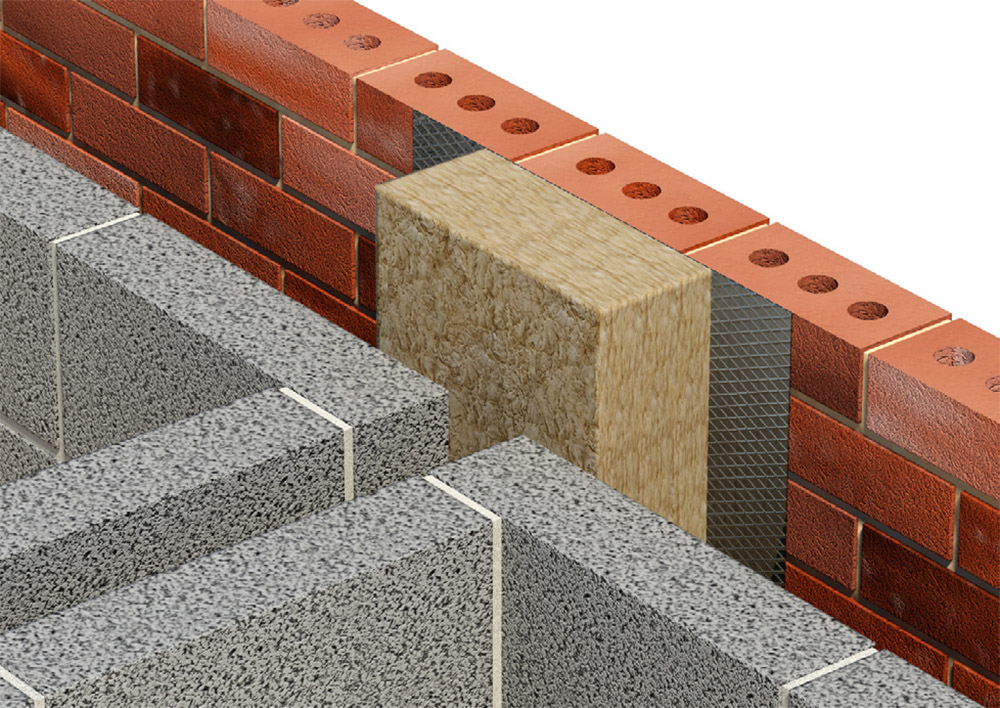
Image Source: Google
When it comes to maximizing insulation efficiency in a building, every detail counts. One often-overlooked component that can make a significant difference is cavity wall closers. These small, simple products play a vital role in ensuring that cavity walls are properly sealed and insulated, helping to improve energy efficiency and reduce heating and cooling costs.
Cavity wall closers are typically made from rigid foam insulation and are designed to fit snugly into the gaps between the inner and outer leaves of a cavity wall. By filling these gaps, cavity wall closers help to prevent heat loss through the walls, creating a more airtight and thermally efficient building envelope. This can have a noticeable impact on the overall energy performance of a building, leading to lower energy bills and a reduced carbon footprint.
One of the main benefits of cavity wall closers is their ability to eliminate thermal bridging. Thermal bridging occurs when there is a break in the insulation layer of a building, allowing heat to transfer through the structure more easily. Cavity wall closers help to bridge these gaps, creating a continuous layer of insulation that minimizes heat loss and improves overall thermal performance. This can result in a more comfortable indoor environment, with fewer cold spots and drafts.
In addition to reducing heat loss, cavity wall closers can also help to prevent moisture ingress and condensation within the cavity wall. By sealing off gaps and cracks, cavity wall closers create a barrier that prevents water from penetrating the wall cavity. This can help to protect the integrity of the building structure and reduce the risk of dampness and mold growth, which can pose health risks to occupants and cause damage to the building over time.
Another key benefit of cavity wall closers is their ease of installation. These simple products can be quickly and easily fitted into the gaps between the inner and outer leaves of a cavity wall, making them a cost-effective way to improve insulation efficiency. By investing in cavity wall closers, building owners can enhance the thermal performance of their properties without the need for extensive and disruptive renovations.
Furthermore, cavity wall closers are a versatile solution that can be used in a variety of building types and construction methods. Whether it's a new build or a retrofit project, cavity wall closers can be installed to enhance the thermal performance of cavity walls and improve energy efficiency. Their compatibility with different wall constructions makes cavity wall closers a flexible and practical solution for maximizing insulation efficiency in a wide range of buildings.
Overall, cavity wall closers play a crucial role in maximizing insulation efficiency and improving the energy performance of buildings. By sealing off gaps in cavity walls, cavity wall closers help to eliminate thermal bridging, reduce heat loss, prevent moisture ingress, and create a more airtight building envelope. This can lead to lower energy bills, a more comfortable indoor environment, and a reduced environmental impact. With their ease of installation and versatility, cavity wall closers are a simple yet effective solution for enhancing insulation efficiency and optimizing energy use in buildings.
In conclusion, cavity wall closers are a valuable addition to any building looking to improve its insulation efficiency. With their ability to eliminate thermal bridging, prevent moisture ingress, and provide a quick and easy installation process, cavity wall closers offer numerous benefits for building owners and occupants alike. By investing in cavity wall closers, property owners can enjoy a more energy-efficient building, lower heating and cooling costs, and a healthier indoor environment. Ultimately, cavity wall closers are a cost-effective and practical solution for maximizing insulation efficiency and enhancing the overall energy performance of buildings.